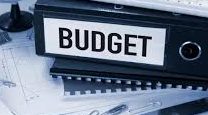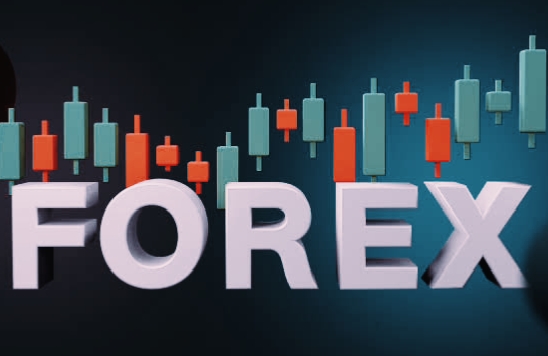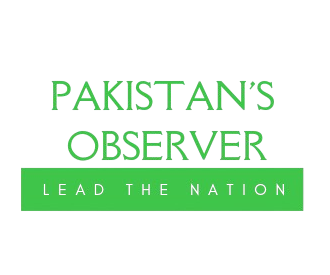Islamabad: Pakistan’s Federal Budget 2025-26, recently unveiled, presents a complex picture for the common citizen, balancing ambitious revenue targets with some targeted relief measures, all while operating under the shadow of economic stabilization efforts. While the government aims for fiscal discipline and economic growth, the immediate impact on household budgets remains a key concern.
On the positive side, the budget offers some relief for the salaried class. Finance Minister Muhammad Aurangzeb announced a reduction in income tax rates for those earning up to Rs 3.2 million annually, with the lowest slab (Rs 0.6 million to Rs 1.2 million) seeing a cut from a proposed 2.5% to 1%. This move is intended to provide much-needed breathing room for a significant portion of the workforce. Additionally, pensions below Rs 10 million remain untaxed, and those over 75 years of age are fully exempt, providing a safety net for senior citizens.
The government has also increased the allocation for the Benazir Income Support Programme (BISP) from Rs 592 billion to Rs 716 billion, aiming to benefit over 10 million low-income families. For farmers, a collateral-free loan program up to Rs 1 million for those owning up to 12.5 acres aims to support agricultural inputs, along with health and crop insurance facilities.
However, the budget also brings potential challenges. The focus on aggressive revenue mobilization, including broadening the tax base and increasing indirect taxes, raises concerns about inflationary pressures. While the government insists new tax measures are designed to avoid burdening the common man and instead target high-income segments and wealthier businesses, indirect taxes often trickle down to affect everyone, leading to higher prices for essential goods.
Furthermore, the imposition of a 10% sales tax on imported solar panel components (reduced from an initially proposed 18%) could slightly increase the cost of solar energy solutions, potentially slowing the adoption of renewable energy for households. Concerns have also been raised about digital transaction levies and increased taxes on profit from debt, which could impact small businesses and savers.
While the government aims to promote industrial growth and stability, critics point to a significant portion of the budget allocated to debt servicing and defense, with comparatively smaller allocations for crucial sectors like health and education. The common citizen will be closely watching how these budgetary choices translate into their daily lives, balancing the promised relief against the potential for increased living costs and the long-term impact on social services and job creation.










